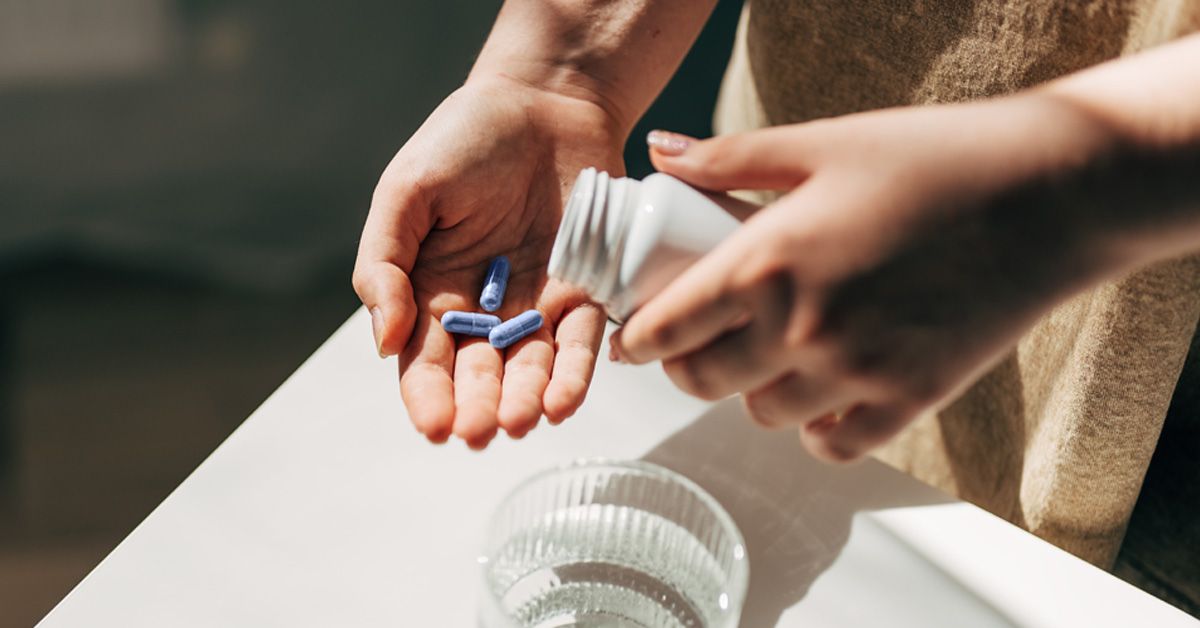People with type 1 diabetes must monitor their blood glucose levels and inject precise doses of insulin several times a day to avoid health complications. Now, diabetes researchers are developing smart insulins that could be administered only once a week and manage blood sugar in real time. Medical News Today investigated whether smart insulins really could be life-changing for people with type 1 diabetes.
Type 1 diabetes occurs when the body does not produce enough insulin, the hormone that controls blood glucose (sugar). The condition is less common than type 2 diabetes, which affects around
Although the exact cause of this condition is unknown, having a parent or sibling with the type 1 diabetes may increase a person’s risk of developing it. Environmental factors, including some
A
New technologies, such as
The constant challenge for people with type 1 diabetes is keeping their blood glucose in the healthy range. Hypoglycemia can lead to unconsciousness and even death.
Hyperglycemia increases the risk of many health complications, including:
If a person keeps their blood glucose under control, the likelihood of health complications is greatly decreased, and new technologies make it easier for people to monitor and regulate their blood glucose levels.
Continuous blood glucose monitors, which are inserted just under the skin, or implanted in the body, can connect to smartphones, or to insulin pumps, avoiding the need for people to do regular finger-prick tests to check their blood glucose levels.
Insulin pumps, which are attached to the skin, or clothing, and deliver fast-acting insulin through a very fine tube, are an alternative to frequent injections.
They can help people who have problems giving themselves injections or who struggle to avoid high or low blood glucose, as they deliver tiny amounts of insulin frequently. However, they can be expensive and are not suitable for everyone with type 1 diabetes.
An alternative to an insulin pump is a smart insulin pen. These reusable injector pens are linked to a smartphone app that calculates and tracks doses. They can deliver variable doses as needed and send real time data to a person’s healthcare provider.
Rachel Connor, Director of Research Partnerships at JDRF UK, explained to Medical News Today:
“It is relentless to live with type 1 diabetes because you have to try to do the job of a biological organ with imperfect tools. So-called smart insulins have the potential to respond to changing blood glucose levels in real time without adjusting insulin pump settings, taking extra insulin injections or continuously monitoring blood glucose levels.”
Smart insulins, or “glucose-responsive” insulins, are the latest in a range of novel insulins being developed in the search for better treatments for type 1 diabetes.
The Type 1 Diabetes Grand Challenge, which is supported by Diabetes UK, JDRF and the Steve Morgan Foundation, has allocated £2.7 million to fund six research projects into new diabetes treatments.
Novel insulins under development include:
- Fast-acting insulins — these are insulins that have been chemically edited so they are absorbed faster by the body and can reduce blood glucose levels rapidly. Some ultra rapid insulins can reach the blood in 4-7 minutes, around half the time taken by currently available insulins.
- Weekly injections — to try and help remove the chore of daily injections, the drug company Novo Nordisk is developing a form of insulin, called insulin icodec, that is injected only once a week. Although a long way from being a marketable treatment, this has shown promise in
the ONWARDS 6 trial of 582 people with type 1 diabetes. Oral in s ulin — researchers from Australia and Norway have developed a capsule that is taken by mouth and travels through the digestive system to the liver. The covering of the capsule prevents the insulin being broken down by stomach acid or digestive enzymes on its journey. Once in the liver, tiny particles called nanocarriers that are attached to the insulin molecules detect increased glucose levels and release their insulin as needed. Clinical trials are due to start in 2025.- Smart capsules — scientists at the University of Birmingham in the United Kingdom are developing a capsule that could be injected once a week. The theory is that the capsule would slowly degrade, releasing insulin whenever blood glucose gets too high. However, this treatment is in the early stages of development, so it could be many years before trails in people can begin.
- Smart, or “glucose-responsive” insulins — these are administered once a day, and remain inactive in the body until blood glucose levels rise. When this happens, they respond rapidly to bring the level down before returning to the inactive state.
According to the JDRF, smart insulins could greatly reduce the burden of type 1 diabetes by offering tight glucose management, eliminating hypos [hypoglycemia], reducing the risk of complications and freeing people from glucose monitoring.
But how can a synthetic insulin respond to blood glucose levels in the same way as a healthy person’s pancreas?
One development is a cage-like structure surrounding the insulin that can detect varying glucose levels. When high levels are detected, the ‘cage’ releases the appropriate amount of insulin in response.
Researchers are also exploring ways to chemically edit insulin so it can sense glucose, or change shape in response to glucose. In a low-glucose environment, the molecule would be tightly closed, but rising glucose levels would make it open up so it could react to bring the levels back down.
“We hope new forms of insulins will do more of the work of managing type 1 diabetes to alleviate some of this burden and make it much easier to live life with type 1 diabetes with less worry about managing the condition,” Connor commented.
Elizabeth Robertson, MD, Director of Research at Diabetes UK, noted in a press release:
“By supporting these groundbreaking research projects, we are aiming to develop new insulins that more closely mimic the body’s natural responses to changing blood sugar levels. This could significantly reduce the daily challenges of managing type 1 diabetes, and improve both the physical and mental health of those living with the condition. We are hopeful that this research will lead to life-changing advancements in type 1 diabetes care.”
However, Connor cautioned that it may be some years before smart insulins are available for people with type 1 diabetes.
“No glucose responsive insulins are yet available in the clinic. The scientists we’re funding are at a relatively early stage of their research, and the products they are trying to develop aren’t yet ready for clinical testing,” she told us.
“It’s really hard to give timescales in drug development – things can sometimes go very rapidly and get accelerated, like we saw happen with covid vaccines. Or, as often happens, we could hit hurdles along the way that make the process take longer. This funding will push us closer to first in man clinical trials, where small numbers of people with type 1 diabetes would try the products to assess their safety,” she added.













